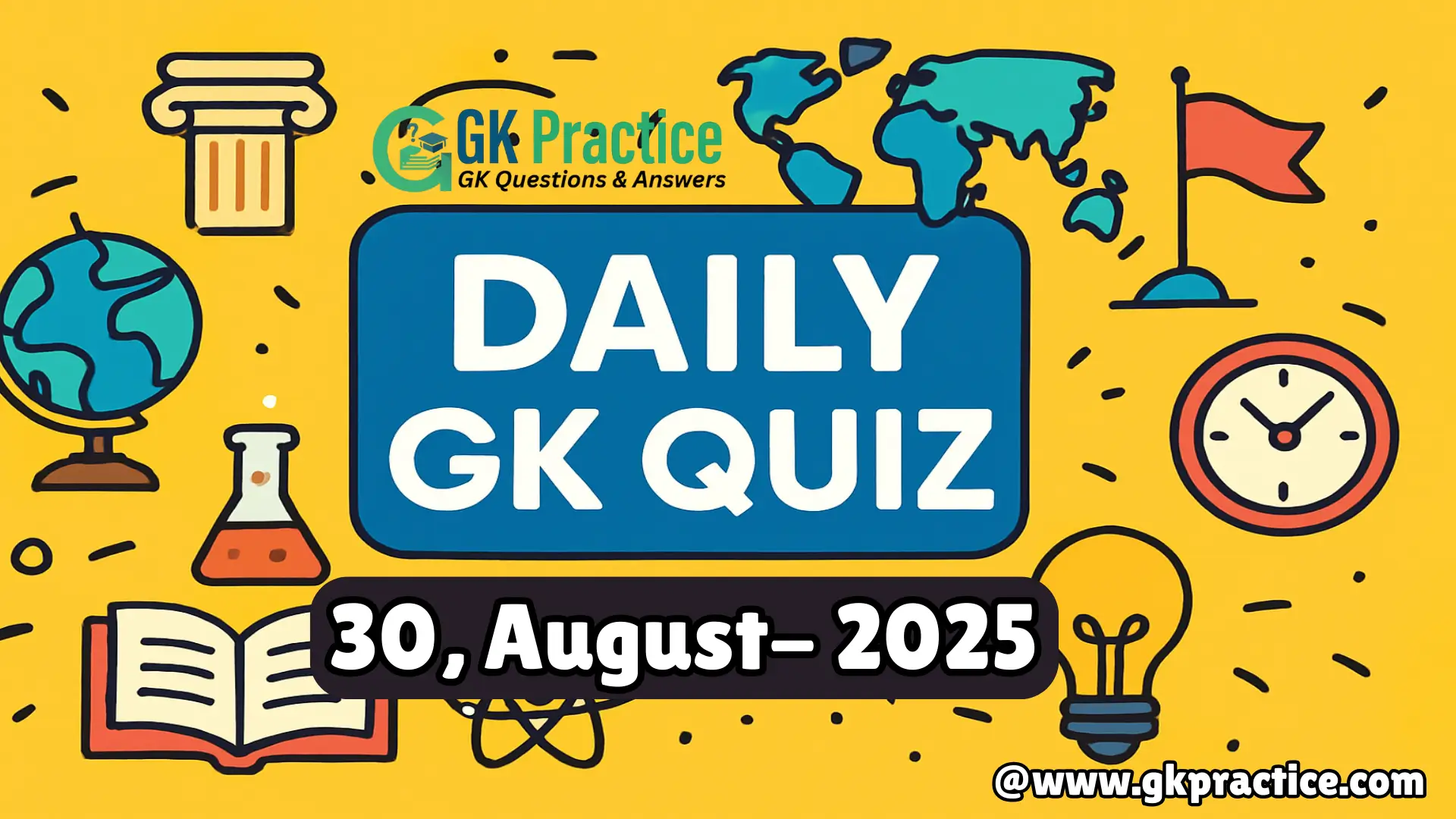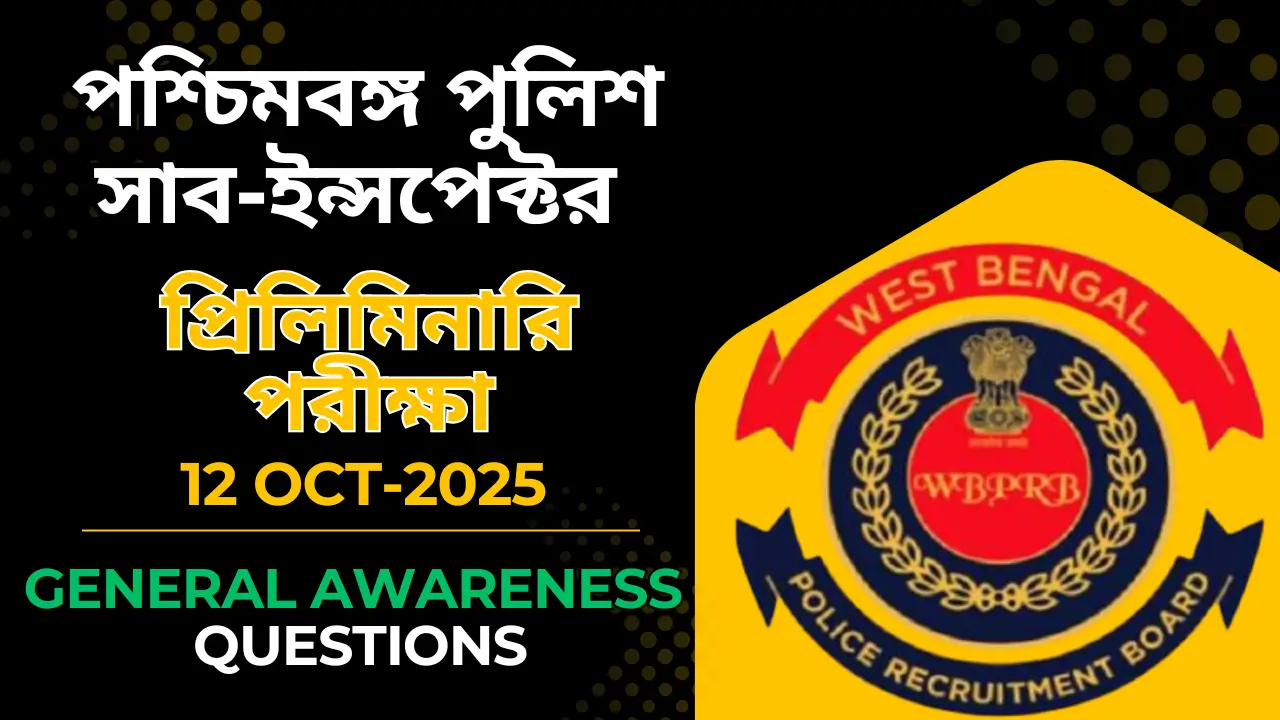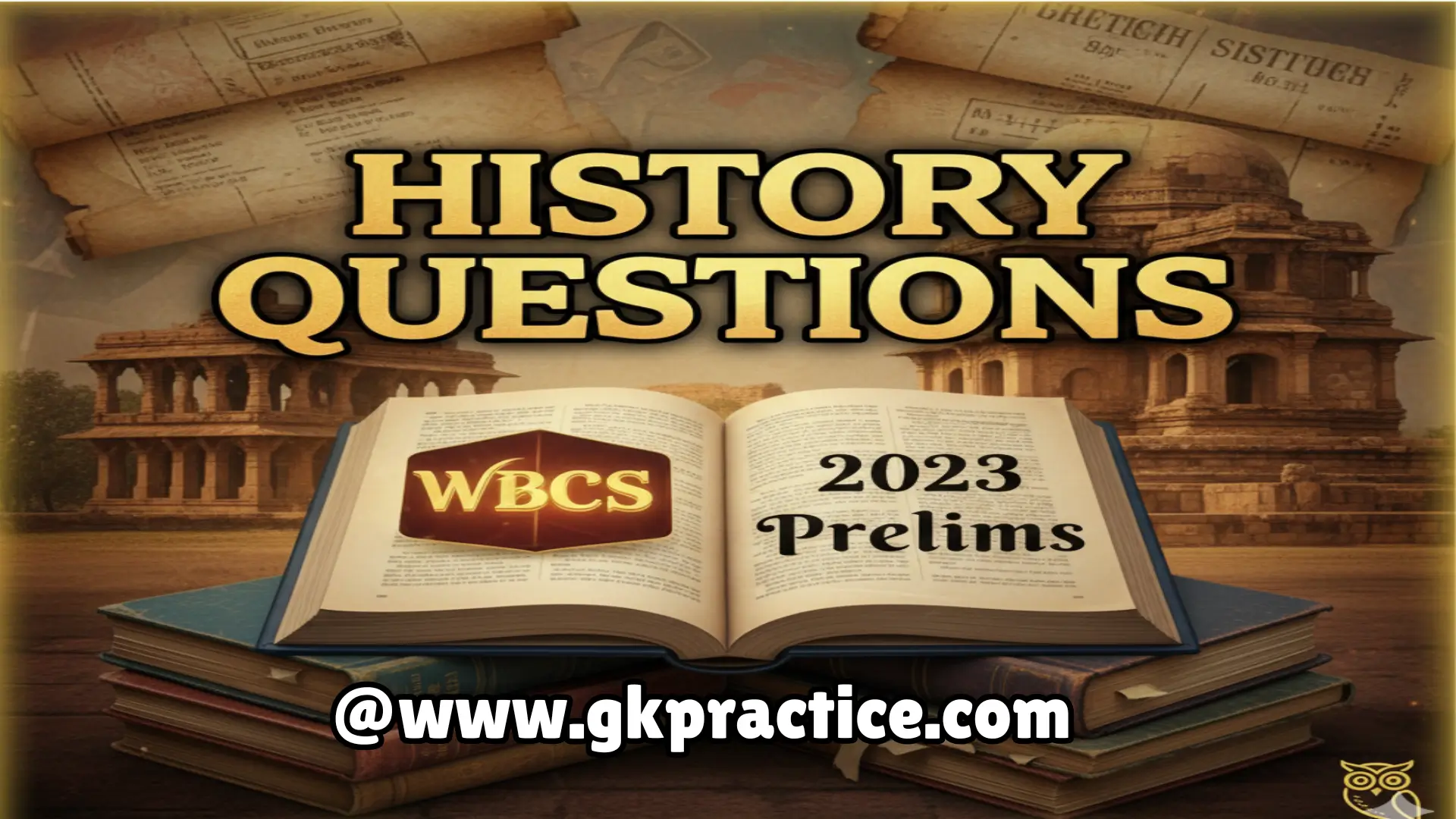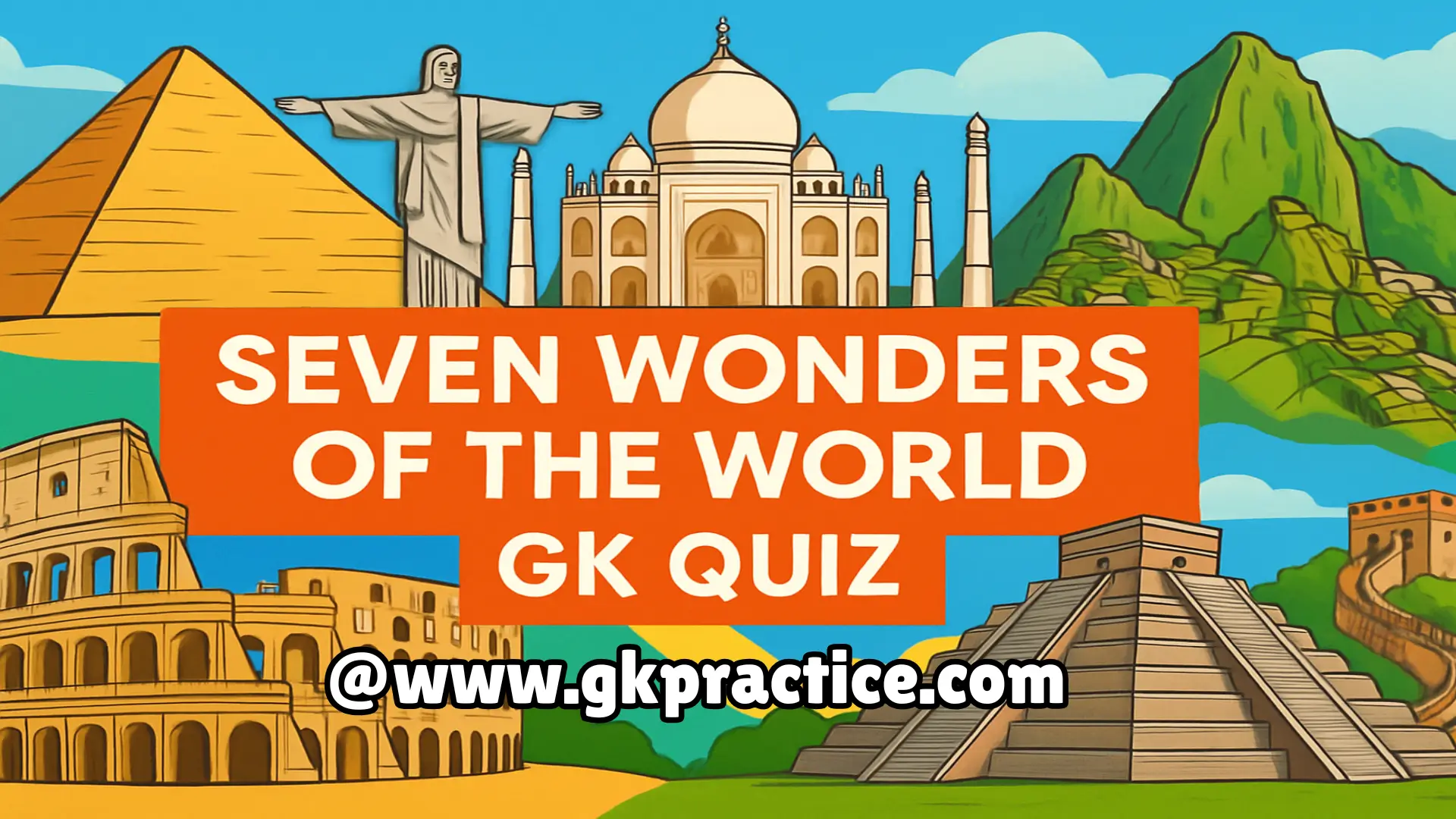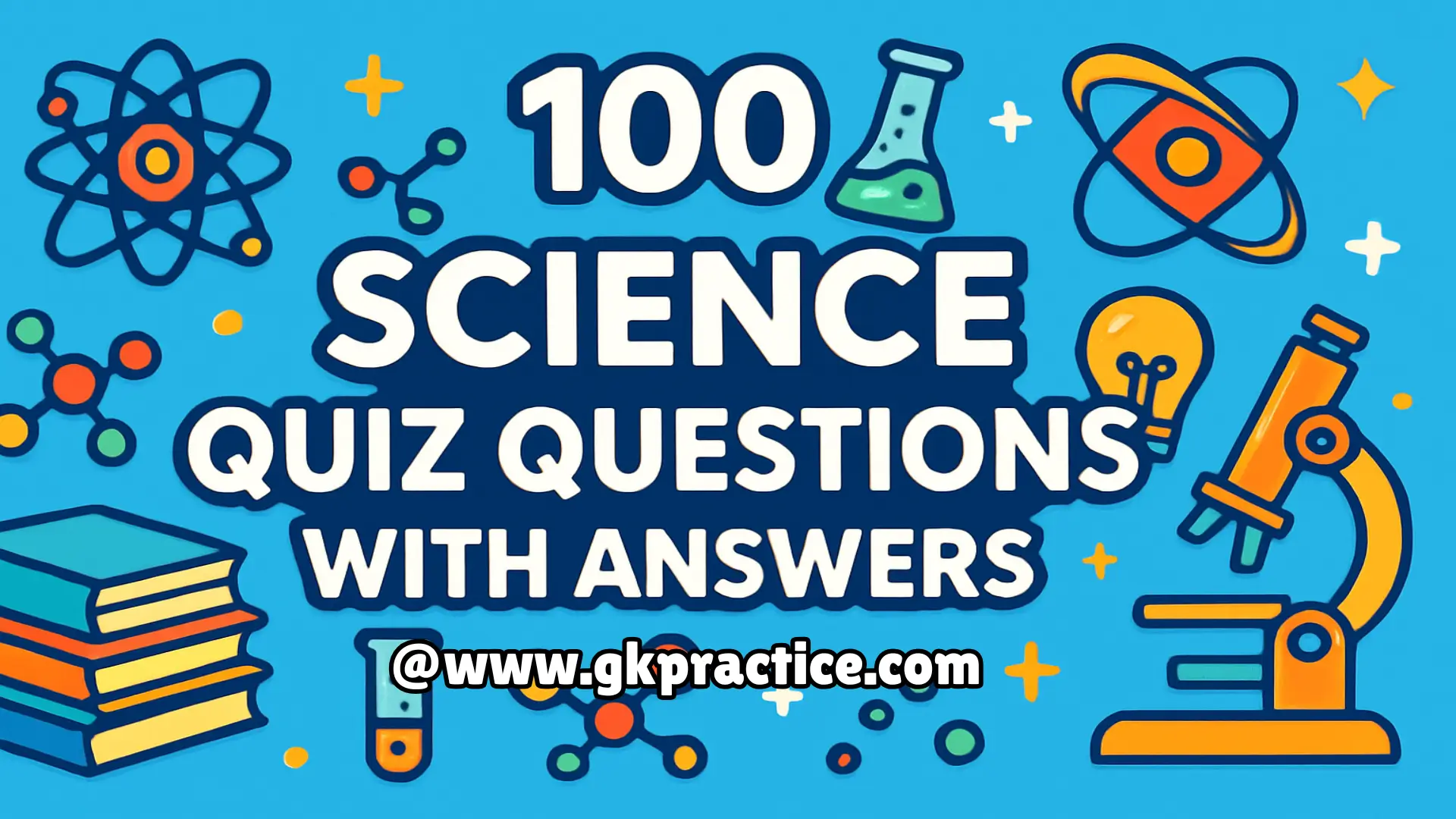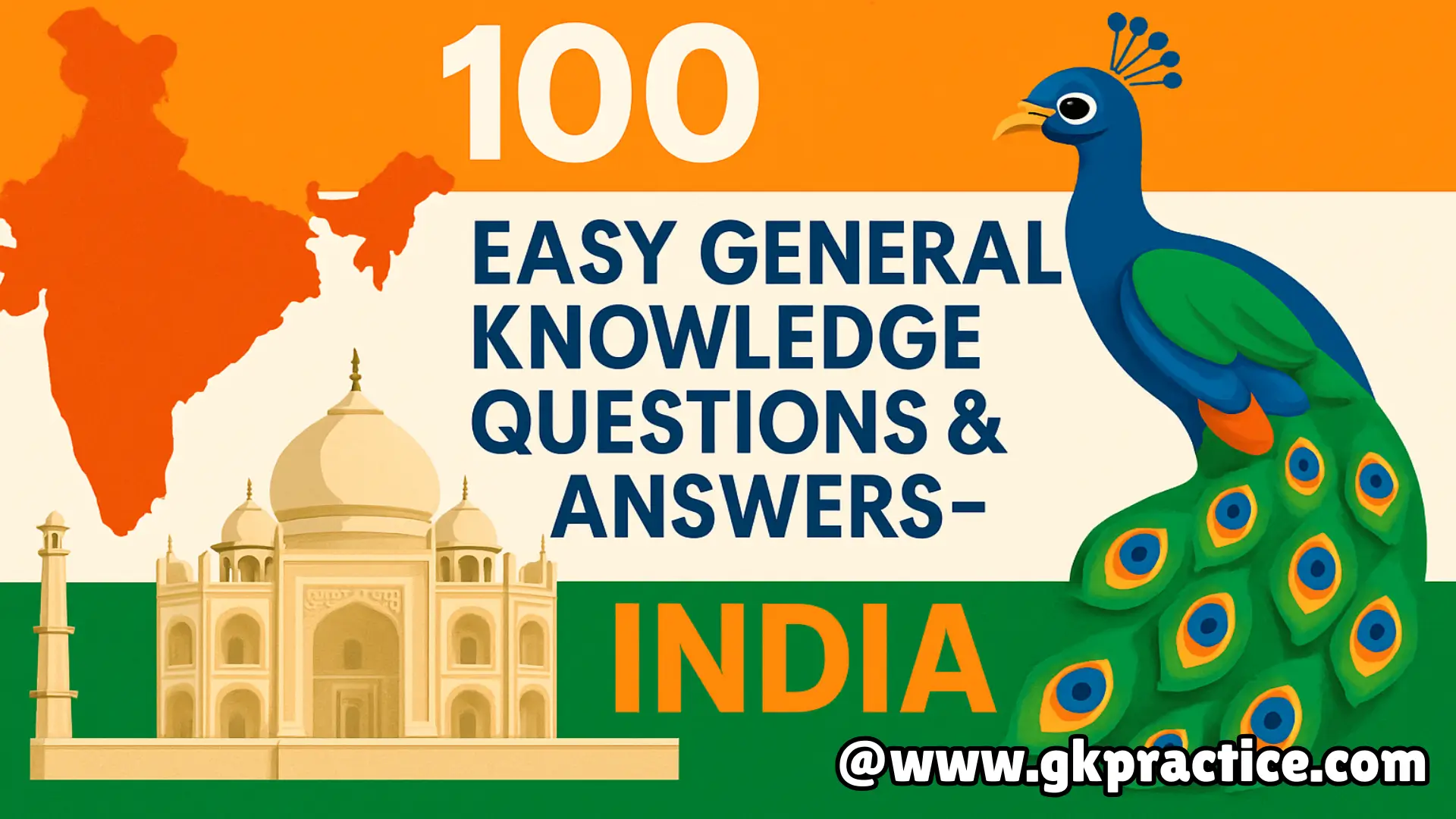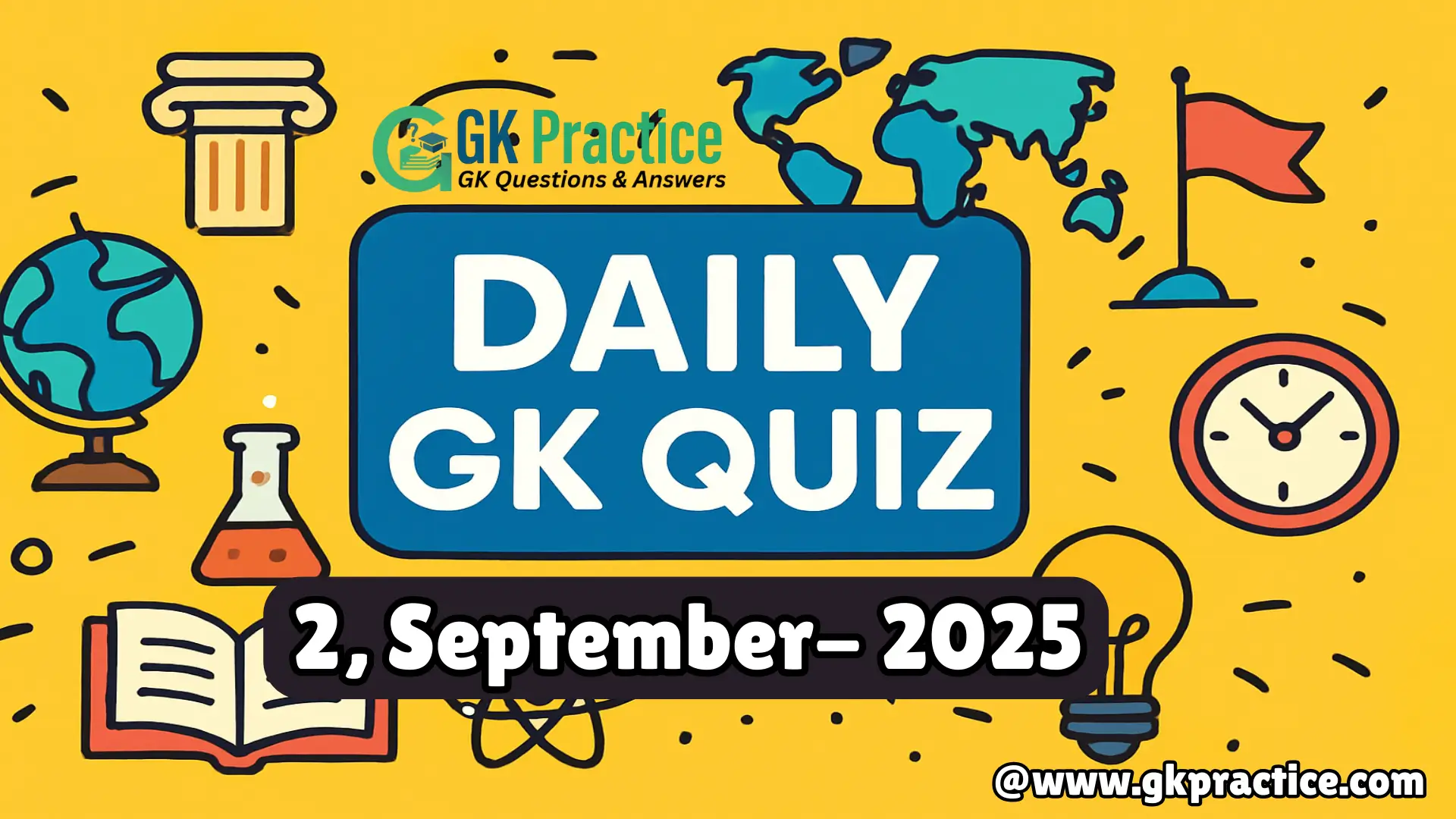Boost your exam preparation with our Daily GK Quiz. Solve fresh questions from history, geography, polity, science, current affairs, and static GK with detailed explanations. Perfect for SSC, Banking, UPSC, Railways, and other competitive exams.
Daily GK Quiz – Questions with Answers & Explanations:-
Explanation: Dr. Rajendra Prasad became the first President of independent India in 1950. He served for 12 years, making him the longest-serving President. A freedom fighter and leader of the Constituent Assembly, he played a key role in shaping modern India’s democratic foundation.
Explanation: The White Revolution in India, led by Dr. Verghese Kurien, was aimed at increasing milk production. It made India the world’s largest producer of milk and dairy products. The success of Operation Flood transformed rural livelihoods and improved nutrition in the country.
Explanation: Jaipur, the capital of Rajasthan, is famously called the “Pink City” because of the pink-colored sandstone buildings. Founded in 1727 by Maharaja Sawai Jai Singh II, it is a UNESCO World Heritage City and a major tourist destination for its forts and palaces.
Explanation: The World Health Organization (WHO) was established in 1948 and is headquartered in Geneva, Switzerland. It is a specialized agency of the United Nations responsible for international public health, disease control, and improving healthcare systems globally.
Explanation: Sardar Vallabhbhai Patel earned the title “Iron Man of India” for his strong leadership in uniting over 500 princely states into the Indian Union after independence. As India’s first Deputy Prime Minister, his vision and firmness laid the foundation for a united nation.
Explanation: The Madras Atomic Power Station (MAPS) is located at Kalpakkam in Tamil Nadu. It is one of India’s major nuclear power facilities, commissioned in 1984. Operated by NPCIL, it plays a crucial role in generating electricity through nuclear energy.
Explanation: The Ganga is the longest river in India, stretching about 2,510 km. Originating from the Gangotri Glacier in Uttarakhand, it flows through several states before entering Bangladesh. It holds immense cultural, spiritual, and economic significance for millions of Indians.
Explanation: Rabindranath Tagore became the first Indian Nobel laureate in 1913, receiving the Nobel Prize in Literature for his work Gitanjali. His writings introduced Indian culture to the West, and he composed the national anthems of both India (Jana Gana Mana) and Bangladesh (Amar Sonar Bangla).
Explanation: The Ajanta Caves in Maharashtra are rock-cut caves dating from the 2nd century BCE to 6th century CE. They are renowned for their exquisite paintings and sculptures depicting Buddhist traditions, Jataka tales, and life of the Buddha, reflecting ancient Indian art.
Explanation: Tungsten is used for making electric bulb filaments due to its high melting point (about 3,422°C) and durability. It can withstand intense heat without melting, making it ideal for producing light efficiently in incandescent bulbs.
Consistent practice is the key to success in competitive exams. Our Daily GK Quiz helps you sharpen your knowledge and stay updated with important facts. Keep practicing every day, track your progress, and improve your accuracy. Stay tuned for tomorrow’s quiz and challenge yourself daily.
* Click Here To Give Previous Quiz: Daily GK Quiz- 29, Aug-2025 – GK Practice
📚 Join Telegram Channel to Get Daily GK Questions & Answers for Competitive Exams

